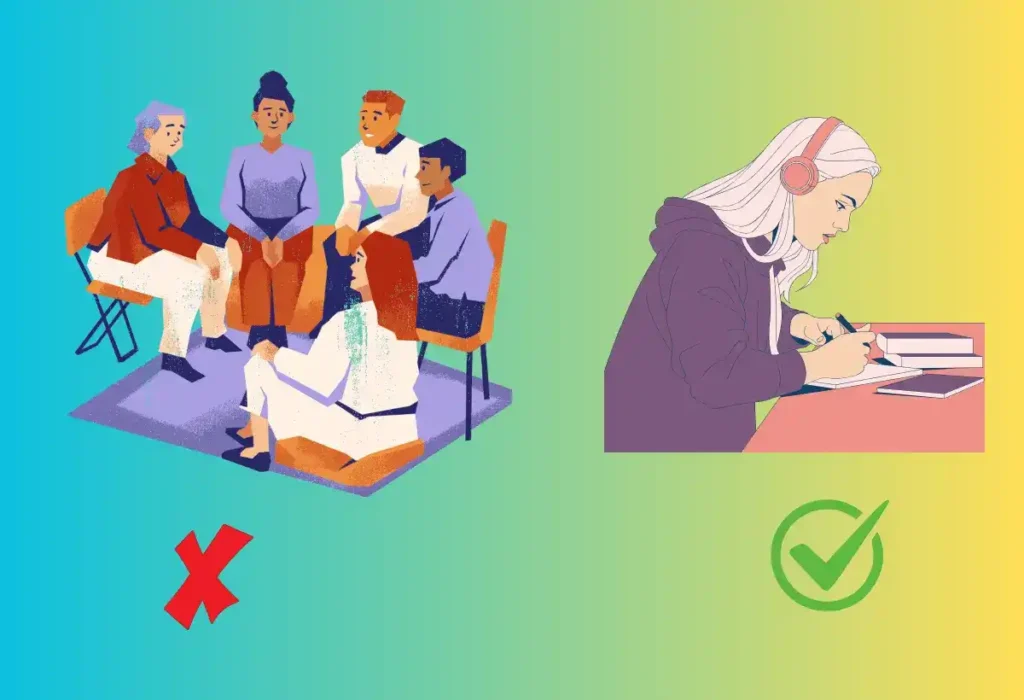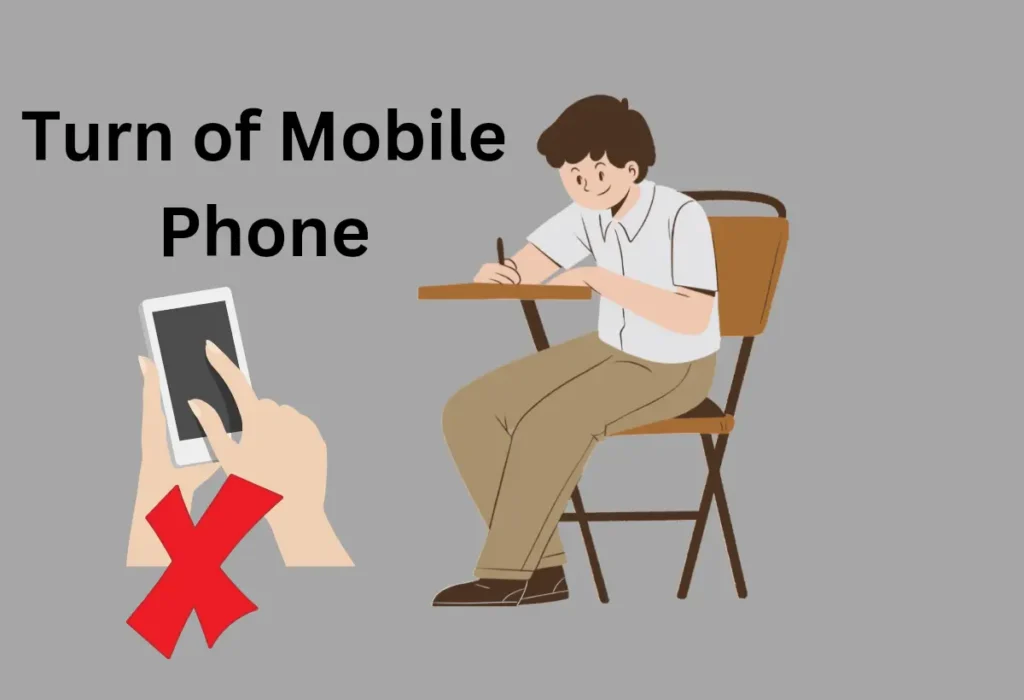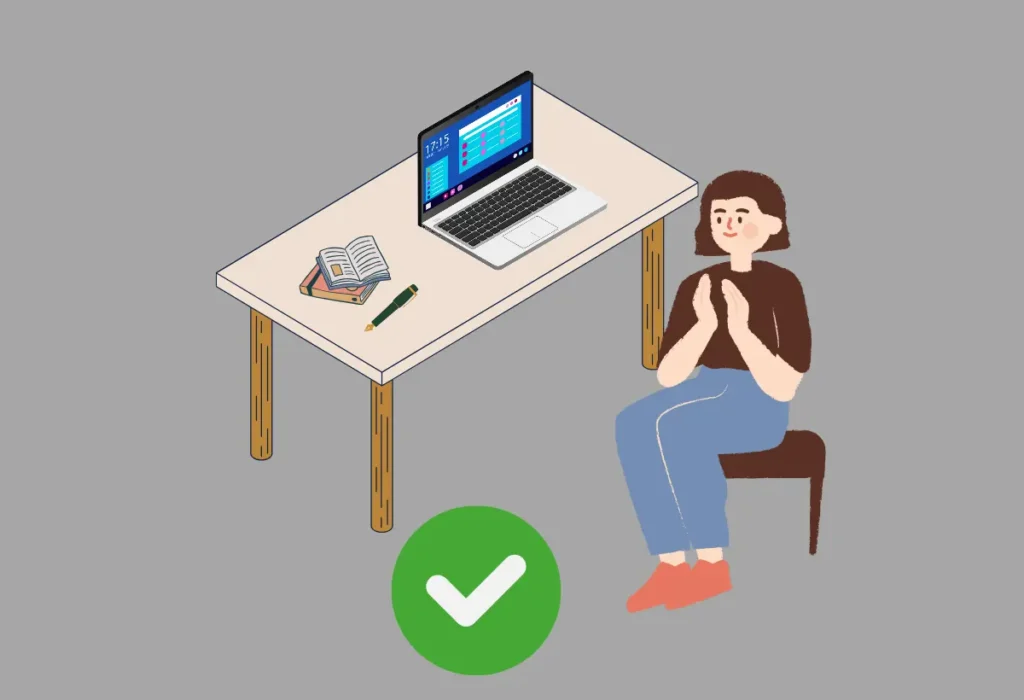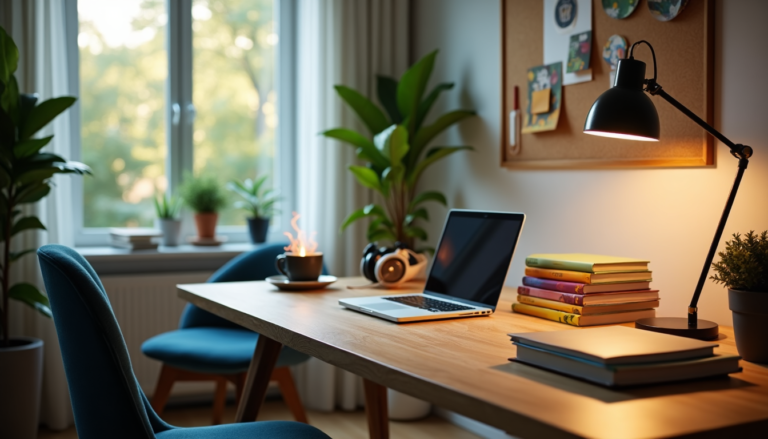Creating a Distraction-free study environment is about optimizing both physical and mental aspects. Minimizing distractions helps you concentrate better, retain information more effectively, and achieve better results in your studies.
Want to learn how to create a distraction-free study environment? If yes, then you have come to the right place.
In this article, we will share with you 10 strategies for creating a distraction-free learning environment.
Table of Contents
ToggleWhy it is important to create a distraction-free study zone?
Creating distraction-free study space essential to optimizing your learning and output. This is the reason why:
- Increased Concentration and Focus
- Improved Retention of Memories
- Increased Effectiveness
To say it another way, being in a distraction-free zone promotes concentrated learning, which allows you to take in knowledge efficiently and remember it for longer.
10 Tips for Creating a Distraction-Free Study Environment.
Studying in a focused and peaceful environment can significantly increases your productivity and learning. Follow these steps to create an optimal study space:
Tip# 1. Choose the Right Location
Dedicated Study Space
Not all places are created equal for learning. Avoid using your sofa or bed for studying, because these are for relaxing, not for studying. Studying at these can cause drowsiness. Because these are for rest not studying. If possible, designate this space solely for studying to train your brain to focus when you enter.

Quiet Zone
Choose a room or a corner away from the high-traffic area to study at home. Because studying high-traffic areas causes a disturbance during a study session. Studying in a quit place will increase you studying speed.
Try to reduce disruption by informing your family members, so that they cannot disturb you during a study session.
Tip# 2. Organize Your Study Area
Desk Setup
Take care of the comfortable chair and table. Make sure there is plenty of space for your study materials like, your computer, books, and other items.
Minimalism
Remove unnecessary items from your study area. A tidy space promotes focus. This process not only increases productivity but also develops a state of peace and clarity that makes it easier for you to approach your work or study with more efficacy and efficiency.
Tip# 3. Technology Management
Phone and Notifications

Turn off phone notifications during study or place your phone in another room. Consider using apps that block distracting websites during study sessions.
Distraction-Free Browser
Use browser extensions like “StayFocusd” or “Freedom” to limit access to non-essential websites.
Tip# 4. Time Management
Optimal Hours
Choose study hours when interruptions are less. Studying in the early morning and late night can work well.

Consistent Schedule
Create a study schedule or routine. Your mind will adapt to focused study during specific times.
Lighting and Ergonomics
Tips# 5. Lighting and Ergonomics

Natural Light
Position your desk near a window. Good lighting reduces eye strain.
Ergonomic Setup
Adjust your chair, monitor, and keyboard to prevent discomfort during long study time.
Tip# 6. Noise Control
White Noise
Use white noise machines or apps to drown out background sounds. They create a consistent, calming ambiance. It will you in:
- Improving focus while working or studying in distracting environments.
- Blocking out occasional noises like traffic or barking dogs.
Headphones
If needed, wear noise-canceling headphones to block external noise.
Tip# 7. Inspiring Elements
Plants
Indoor plants are a great way to incorporate the workspace with life and a relaxing vibe. Greenery has been linked to increased mood, focus, and even creativity, according to studies.
Select low-maintenance plants that do well in interior spaces that receive partial sunshine. Popular choices include philodendrons, spider plants, and snake plants.
Motivational Quotes
Hang up inspiring quotes or posters related to your goals. They serve as positive reminders.
Tip# 8. Mindset and Discipline
Set Intentions
Before starting, remind yourself of your study goals. Visualize success.
Avoid Multitasking

Focus on a single task at a time. Multitasking lowers productivity. Although multitasking may increase productivity, it decreases it. Your brain has to refocus every time you switch tasks, which takes up vital mental energy and time.
Tips# 9. Strategic Breaks
We weren’t meant to be marathon runners. Plan quick (5–10 minute) breaks per hour to help you stay focused and avoid procrastination. Get up and walk about, have nutritious food, or perform some gentle stretches. Resuming your studies after a vacation can help you retain more of the material and will clear your head.
Tips# 10. Clean Your Study Space

Start by emptying your desk or study table. Examine each item and determine what should remain in your study area and what should be removed. Textbooks, notebooks, pens, pencils, and a calculator, are all necessary items. Anything else that is not directly related to studying can be relocated. Organize your papers, notes, and assignments.
Store important documents, discard any outdated materials, and dispose of any scraps. Consider using folders, binders, or a filing system to keep your essential papers in order.
A clean study space minimizes distractions, promotes mental clarity, improves efficiency, and creates a positive mindset – all factors that contribute to a more focused and productive study session.
Final Thoughts
To create the perfect study environment, it is important to optimize both your physical space and mental preparation. By customizing these shocking study tips to your preferences, you will be able to establish an ideal setting for focused and productive study sessions. Keep in mind that a zone free from distractions will improve concentration, memory retention, and overall effectiveness. Therefore, follow these 10 strategies to turn your study area into a heaven for learning and achieving success.
To make the link more effective and reader-friendly, you can revise it slightly for clarity and flow. Here’s an improved version:
If you want to learn about studying in a distracting environment, you can check out our article on how to study in a distracting environment.
What are the advantages of a distraction-free studying environment?
Comprehending the advantages of a studying environment without distractions is essential. This type of environment provides improved concentration and focus, resulting in improved learning results. Moreover, it improves information retention and memory. Ultimately, students achieve increased productivity and efficiency in their studying efforts, as well as reduced stress and frustration, which ultimately makes the studying experience more enjoyable overall.
How can students avoid distractions?
To prevent getting distracted, students can employ different tactics. These tactics encompass setting aside a dedicated study space that is free from any potential distractions, switching off or muting electronic devices, establishing and adhering to a study schedule, utilizing noise-canceling headphones or white noise machines, and practicing mindfulness techniques to maintain focus and be fully present during study sessions.
What is the biggest distraction for students?
The main factors that can distract students are electronic devices like smartphones, social media, and video games. Other distractions include external noise, internal distractions like daydreaming or lack of motivation, and the tendency to procrastinate or multitask, all of which can hinder studying.
What is the solution to distraction?
To overcome distractions, you need to use proactive strategies and make adjustments to their mindset. They can create a study environment that is solely dedicated to studying, manage their time efficiently, practice self-discipline, and seek support when necessary. Prioritizing tasks, setting clear study goals, and eliminating unnecessary activities or commitments are also effective ways to stay focused.










